How to Become a Pilot in India? Know All Under One Umbrella
Many people are pretty inquisitive about the fact of how to become a pilot, and it is also the dream of many. However, just having a question in your

Travelling in an aeroplane and piloting it are both thrilling experiences for the folks, to say the least. This thrill can sometimes turn into unfortunate, catastrophic events. This is when an aircraft meets with an accident or crash. This leads to the loss of lives and property, and also instils a sense of fear in people's minds regarding the safety of travelling in an aeroplane. To answer this, we can easily say that boarding an aircraft for travel is safe.
It is just like when you step into your car and hop onto a bike to go from one place to another, the last thing you think about is that an accident can take place. However, sometimes this unfortunate thing does happen and can even result in loss of life. Do people not get on the road again on their two and four-wheelers or even in public convenience? It is not just about road accidents, but accidents also occur in all modes of transport, including railways and waterways.
But air accidents or crashes are indeed more deadly than any other type of accident. Statistically, there are more chances to be struck by lightning or be a victim of a shark attack than you are to perish in a plane crash. Every effort is made to minimize the occurrence of these events, and if one does occur, appropriate relief measures are implemented. Aviation authorities and passengers alike must be aware of the various reasons behind these accidents and crashes.
Since the 1980s, there has been a sharp reduction in the number of fatal aviation accidents. Although the number of accidents is decreasing, a fear of flying persists. This is primarily due to the size and scope of such accidents.
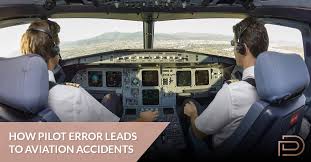
Nearly 50% of all aviation accidents happen due to pilot error. This can allude to any decision made by the pilot. Because pilots are involved at every stage of the flight, they could make an error. Flying a plane is one of the most intricate jobs. Despite recent innovations that help to automate several features of air travel, pilots must monitor readouts and gauges throughout a flight. If a passenger strolled into the cockpit, they could not make heads or tails of all the diverse instruments and indicators they would find. There can be several causes for a pilot error.
They can include:
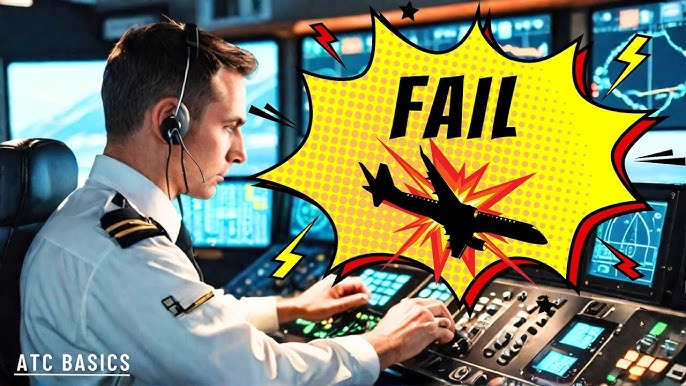
Air Traffic Controllers must organize the arrival and departure of multiple planes instantaneously, creating a potential for error. Pilots depend on the information they obtain from ATCs while in the air. The decisions they make on the basis of factors, for example, weather and fuel, when scheduling the takeoffs and landings of planes. Any error could bring about an aviation accident, even one involving many aircraft.
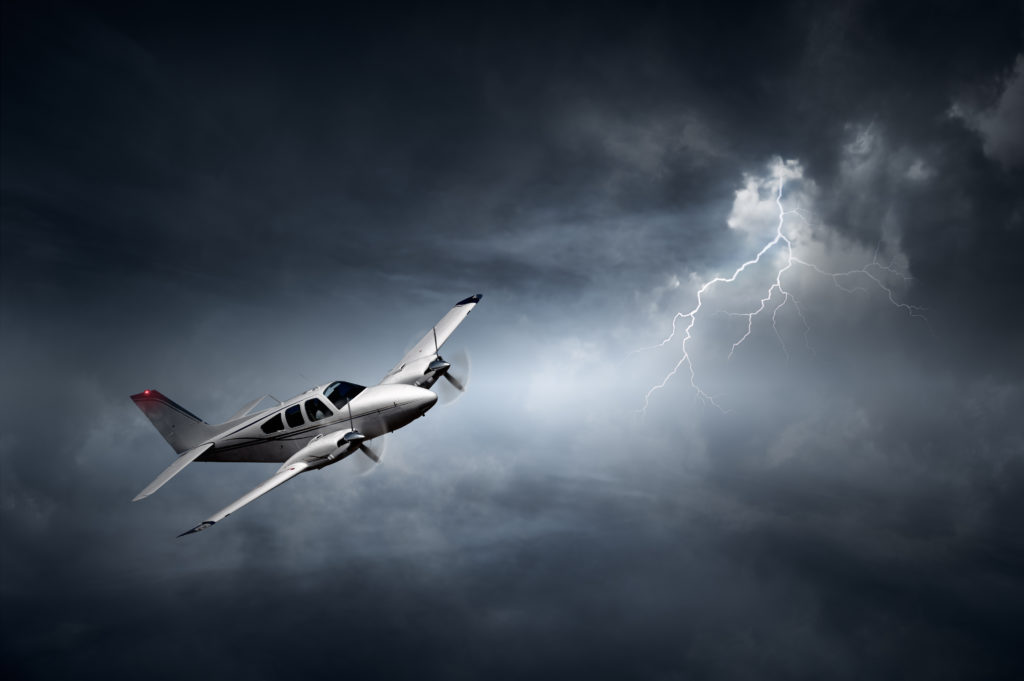
Many accidents caused by harsh weather conditions happen during takeoff or landing. Electronic aids, such as compasses, satellite navigation systems, or weather data, can help prepare the pilot for taking off or landing in these conditions. Many planes try to land in snowstorms and skid off the runway. Bad weather can also affect takeoff. If there is a buildup of ice, planes can't reach the desired take-off speed.
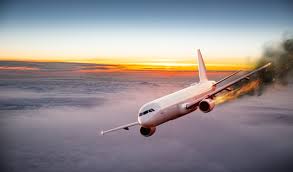
Aeroplanes are engineering achievements with millions of workingparts. Though aircraft are frequently inspected, it is still possible for a malfunction to occur during flight. From time to time, these breakdowns are caused by the deterioration of the parts; however, improper repairs or adjustments to the apparatus can also contribute to them. However, it is an unexpected failure that can bring about an aviation accident.
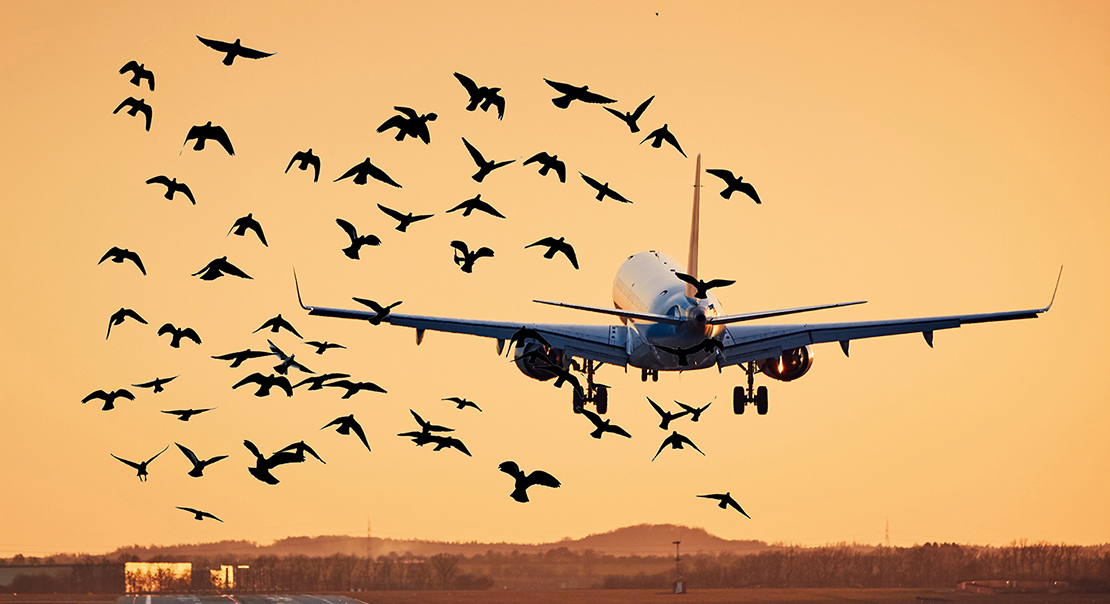
Bird strikes can occur throughout takeoff, flight, or landing, including instances involving birds, bats, and even ground animals. Common bird strike situations involve many birds damaging the engines of an aeroplane, encounters with birds and single large birds penetrating the windshield or panels of the plane. Most airports worldwide manage habitats and implement prevention measures, and air traffic controllers (ATCs) may advise pilots of potential bird activity.
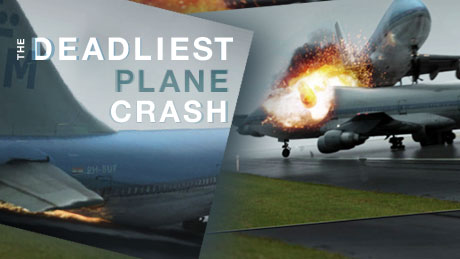
Here are some of the deadliest aviation accidents that happened worldwide.
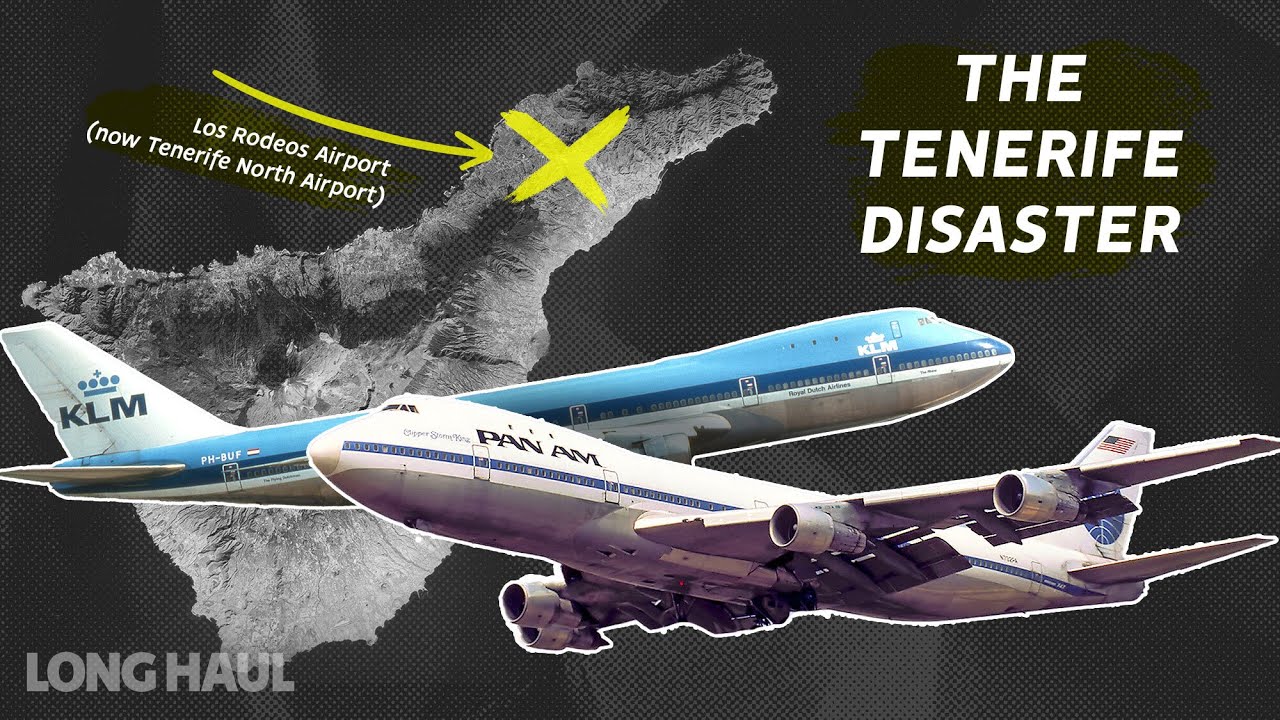
It is regarded as the deadliest aviation accident. On March 27, 1977, two Boeing 747s, operated by KLM and Pan Am, collided on the runway at Los Rodeos Airport in Spain. Because of dense fog and radio miscommunication, the KLM aeroplane started its takeoff roll while the Pan Am jet was still taxiing. 583 people were killed in this crash. This incident led to changes in radio phraseology and global air traffic coordination.
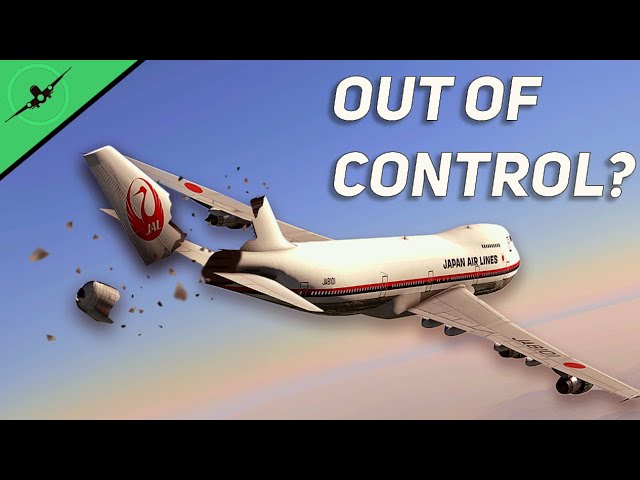
A Boeing 747SR of Japan Airlines crashed into Mount Takamagahara on August 12, 1985, after losing control because of a ruptured rear pressure bulkhead, previously repaired imperfectly. With 520 mortalities, it is among the deadliest single-aircraft accidents. The crash highlighted the significance of maintenance quality and mechanical inspections in commercial aviation.
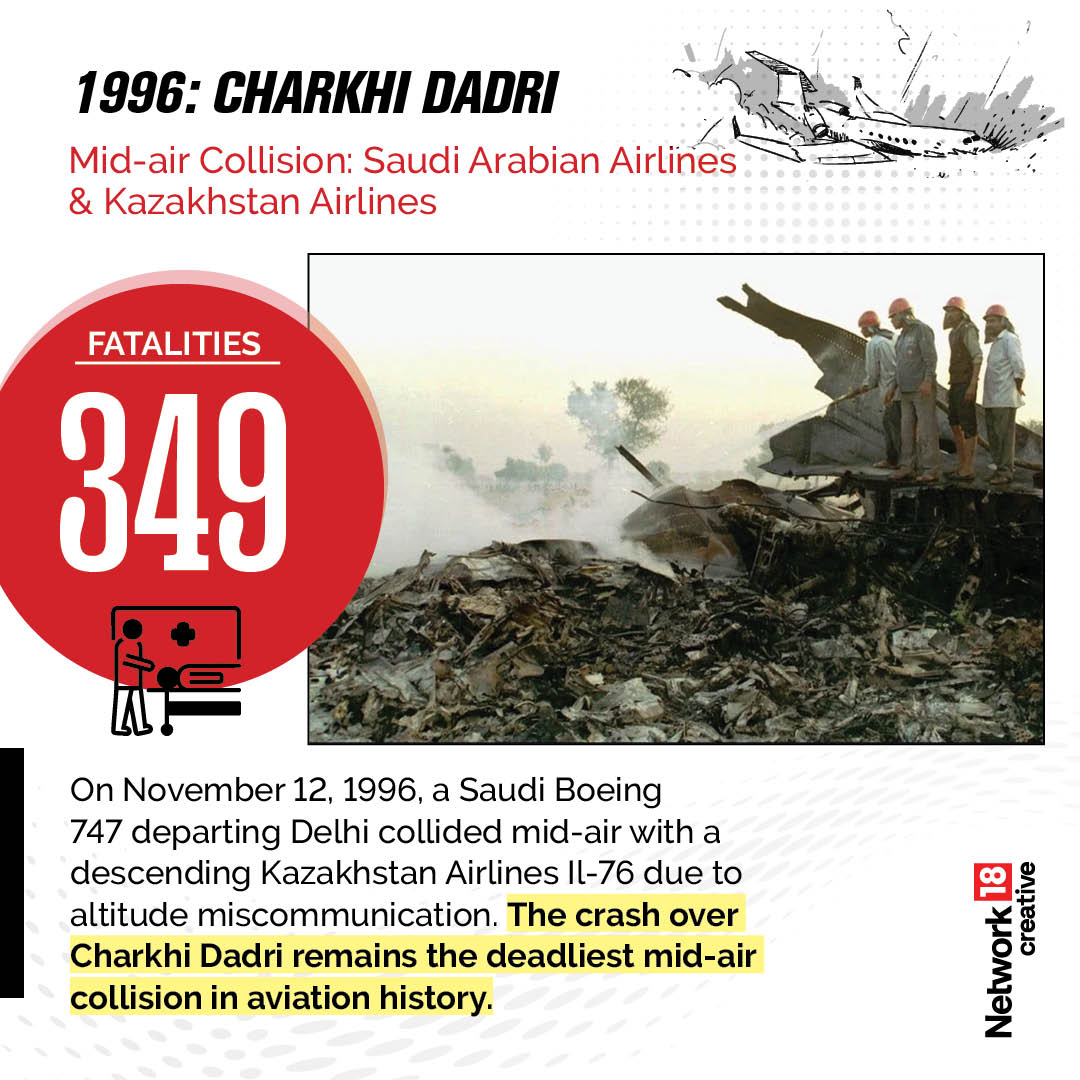
On November 12, 1996, a mid-air collision between a Boeing 747 and an Ilyushin Il-76 caused 349 deaths, making it one of the nastiest mid-air crashes. The collision occurred near Delhi and was triggered by a failure to keep the assigned altitude and poor communication in English. India later mandated the Traffic Collision Avoidance System for all commercial aircraft.
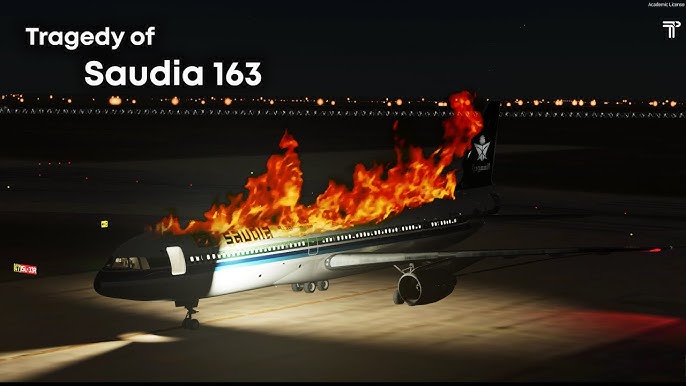
Saudi Arabian Flight 163 had a cargo fire soon after takeoff on August 19, 1980. Though the aircraft made a safe landing at Riyadh, the crew delayed evacuation of the passengers, which resulted in the deaths of all 301 passengers and crew because of inhalation of smoke. This catastrophe underlined the urgent requirement for rapid evacuation protocols and effective fire suppression systems.
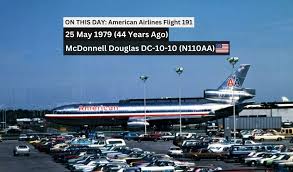
Flight 191 crashed just after takeoff from Chicago O’Hare owing to the left engine coming off the wing on May 25, 1979. The loss of control caused 273 deaths. The accident led to alterations in engine mounting procedures and more rigorous pre-flight inspections.
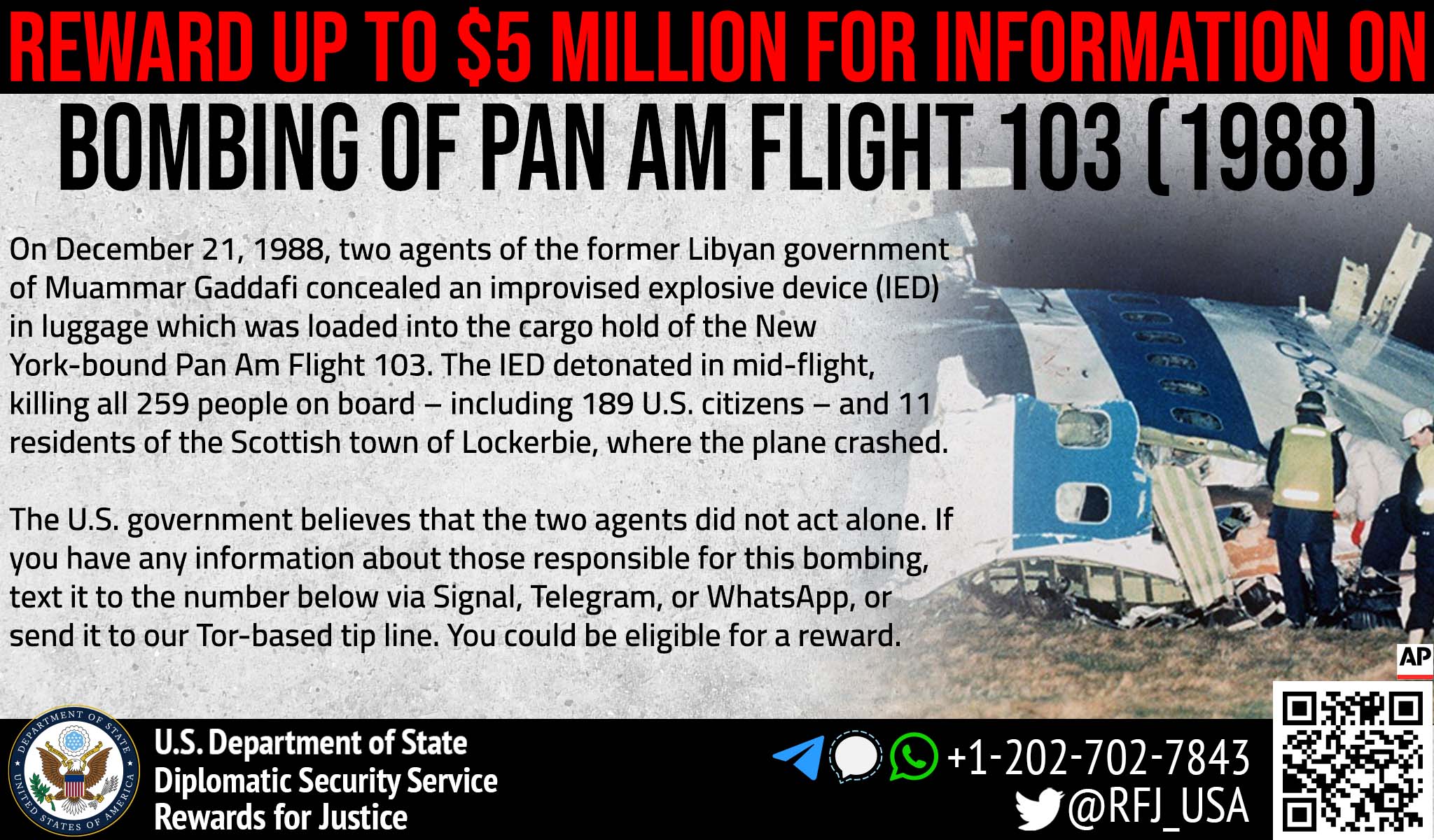
On December 21, 1988, Pan Am Flight 103 was demolished by a bomb over Lockerbie, Scotland. A total of 270 people on the aircraft and the ground were killed. This led to substantial advances in airport security checks and baggage screening technologies.
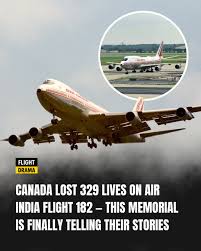
On June 23, 1985, Air India Flight 182 caught fire over the Atlantic Ocean, killing all 329 people travelling in the aircraft. This was the noxious terrorist attack involving an aircraft before 9/11. Investigations exposed intelligence and security lapses at airports, encouraging global anti-terror reforms in aviation.
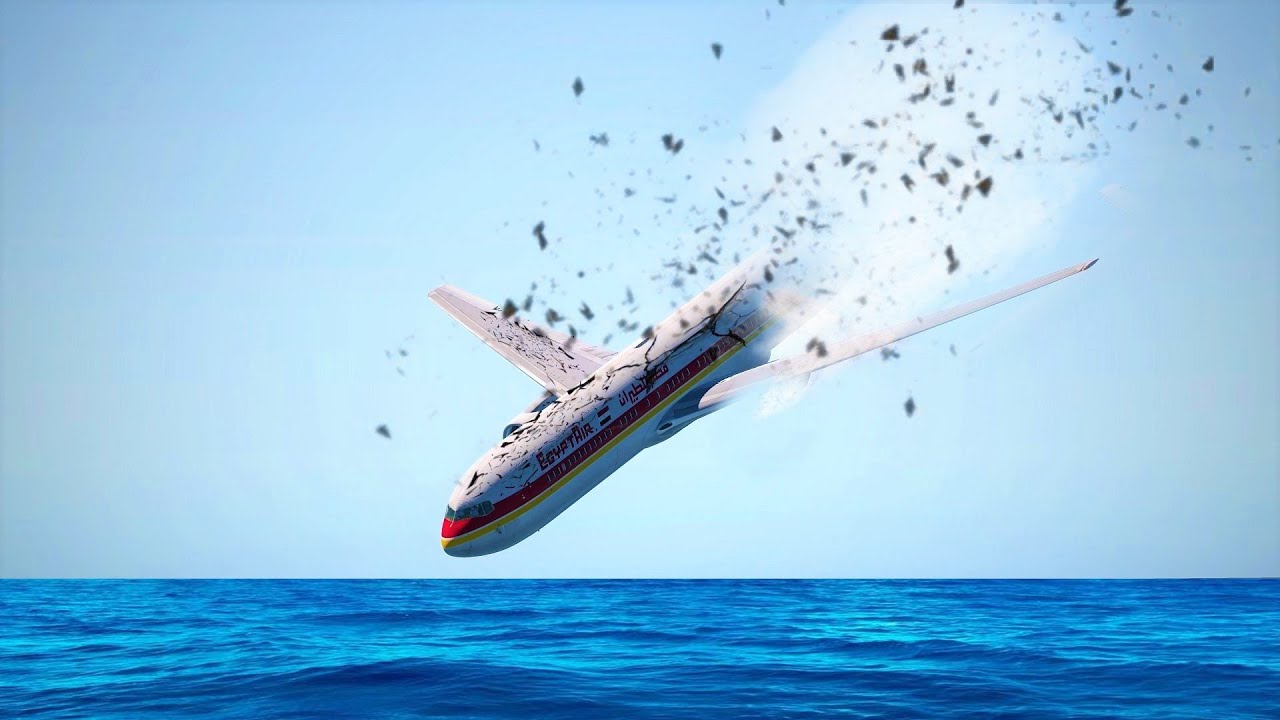
EgyptAir Flight 990 lurched into the Atlantic soon after taking off from New York on October 31, 1999. The cause is doubtful, but US investigations pointed to deliberate actions by the co-pilot, resulting in a 217-death toll. The case raised consciousness of mental health screening for pilots.
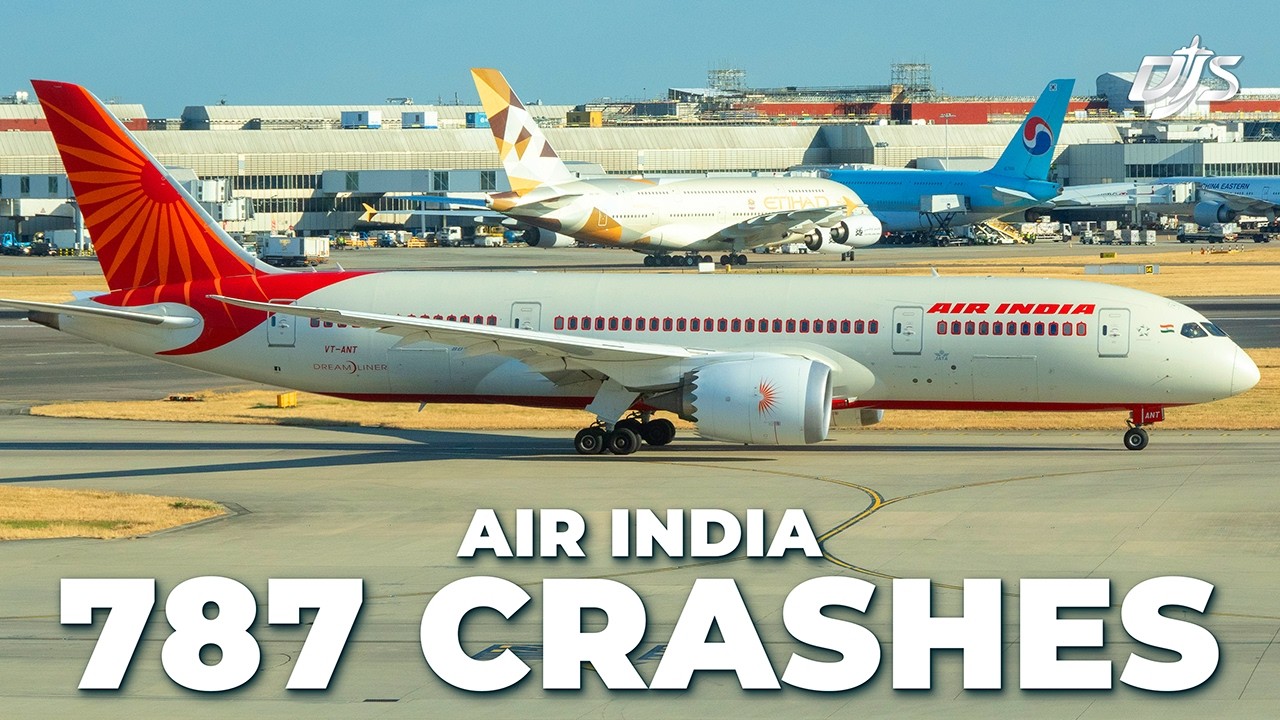
On 12th June 2025, an Air India Boeing 787 Dreamliner, flying from Ahmedabad to London with 242 people on board, including the Former Gujarat Chief Minister, Vijay Rupani, crashed just after takeoff. The plane crashed in a thickly inhabited area near Sardar Vallabhbhai Patel International Airport in Ahmedabad. The aircraft turned into a ball of fire and the plumes of black smoke were visible for miles away.
There are speculations that the crash happened due to overloading and the Airline Turbine Fuel caught fire. Some believe that it was because of a bird strike that the plane was not able to attain the desired altitude. Although the real reason for this deadly crash is still unknown.
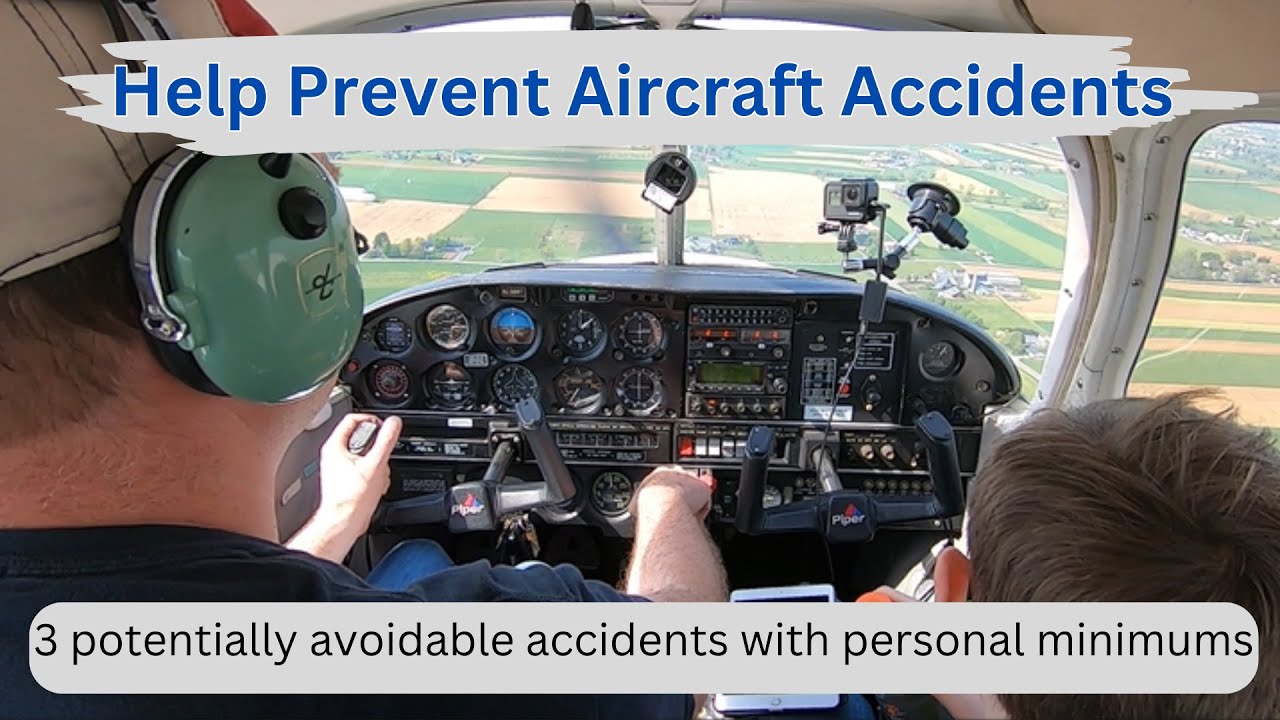
An aviation accident can occur due to a combination of factors. An engine might give out, but the rapid response of the pilots can save the aeroplane and those within it. Aviation accidents are frequently much more intricate than people realize. There is no doubt that we can prevent aviation accidents from taking place. Here are some measures that authorities can take to reduce the rate of aviation accidents.
Penalties: The authorities can impose strict penalties for non-compliance with regulations. When there is a heavy fine or a jail sentence attached to an error, aviation professionals will be more careful.
Training: Proper pilot training can play a big role in reducing the number of aviation catastrophes from taking place. If the pilots are well-trained and hold all the relevant experience, this will surely decrease the chances of an aircraft meeting with an accident.
Technology: Thorough research should be conducted to find the best solutions for complex aviation safety problems. Integrate state-of-the-art technology into aircraft and control systems, which can help pilots make better decisions and reduce the likelihood of human error.
Update Outdated Systems: Update all the outdated aviation systems and other components of the aviation industry when required, so that these do not lead to catastrophic accidents.
Regular Maintenance: Many aviation accidents take place as a result of worn-out parts. It's vital to implement systems that give mechanics sufficient time to repair any faults and not rush to meet airline schedules, thereby avoiding life-threatening errors.
Aviation accidents are a part of the aviation industry, and although they can be prevented, they cannot be fully stopped. As it is said that training plays a significant role in preventing these accidents from occurring, if you want to become a pilot, ensure you receive proper training.
This can be attained by enrolling in a DGCA-approved flight school, such as Flapone Aviation. Here, you will get all the theoretical and practical training that is necessary to attain a commercial pilot license and become a pilot. So, don’t think too much and join us to become a competent partner.
Connect with our aviation mentors to find the right path toward becoming a licensed aircraft pilot.